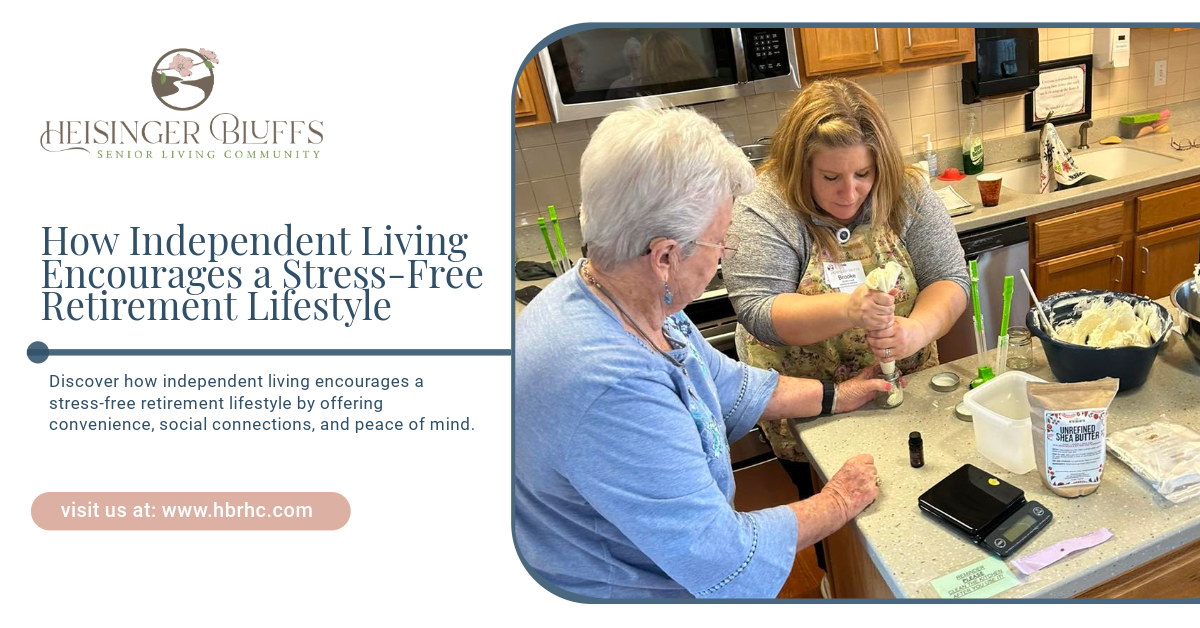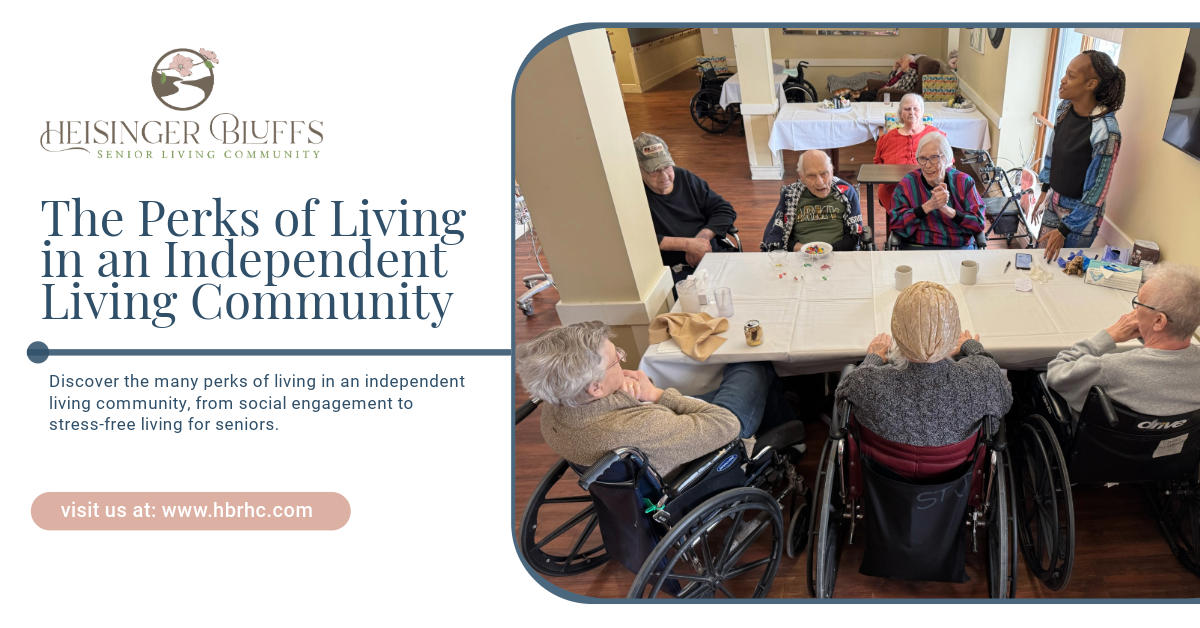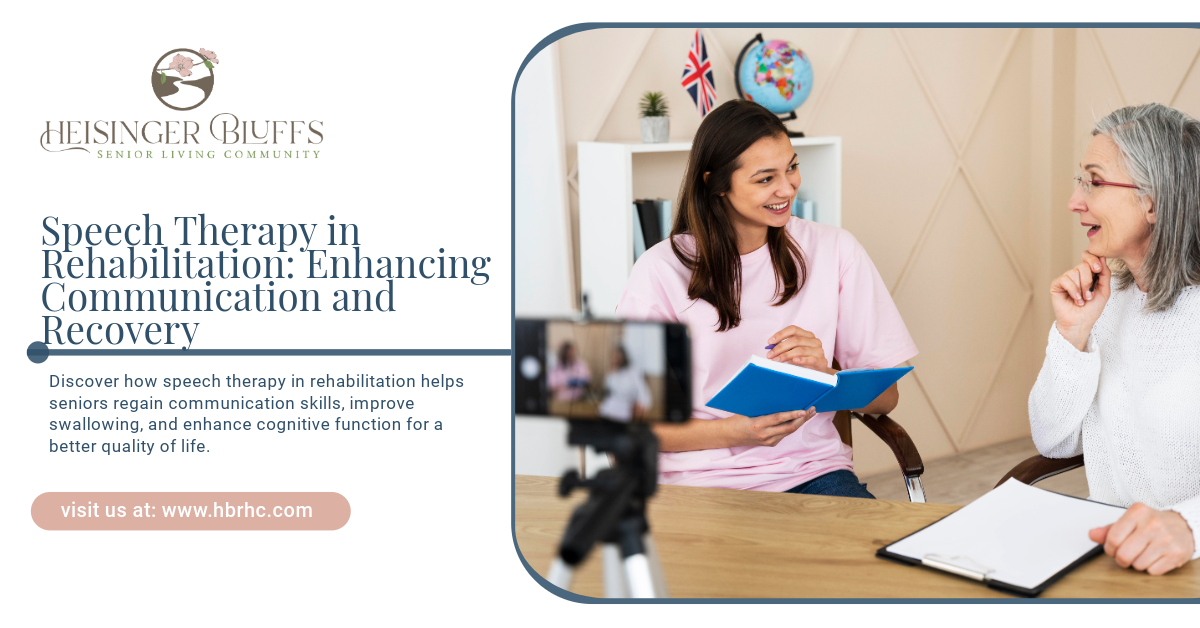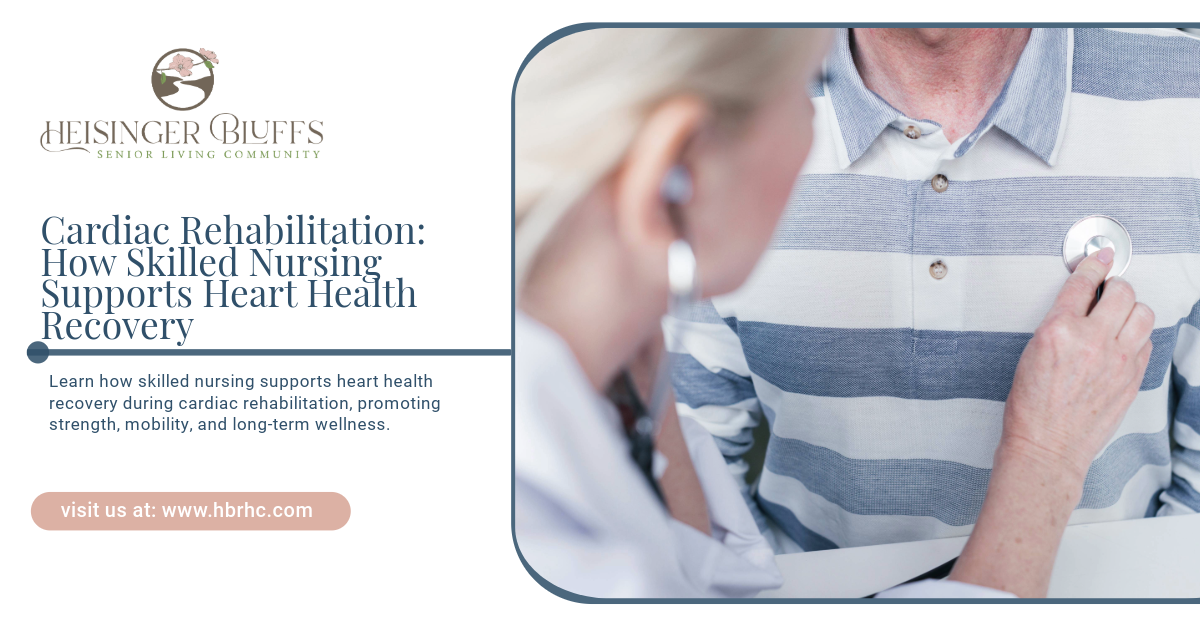Get in touch
Balancing Rest and Activity During Short-Term Rehabilitation
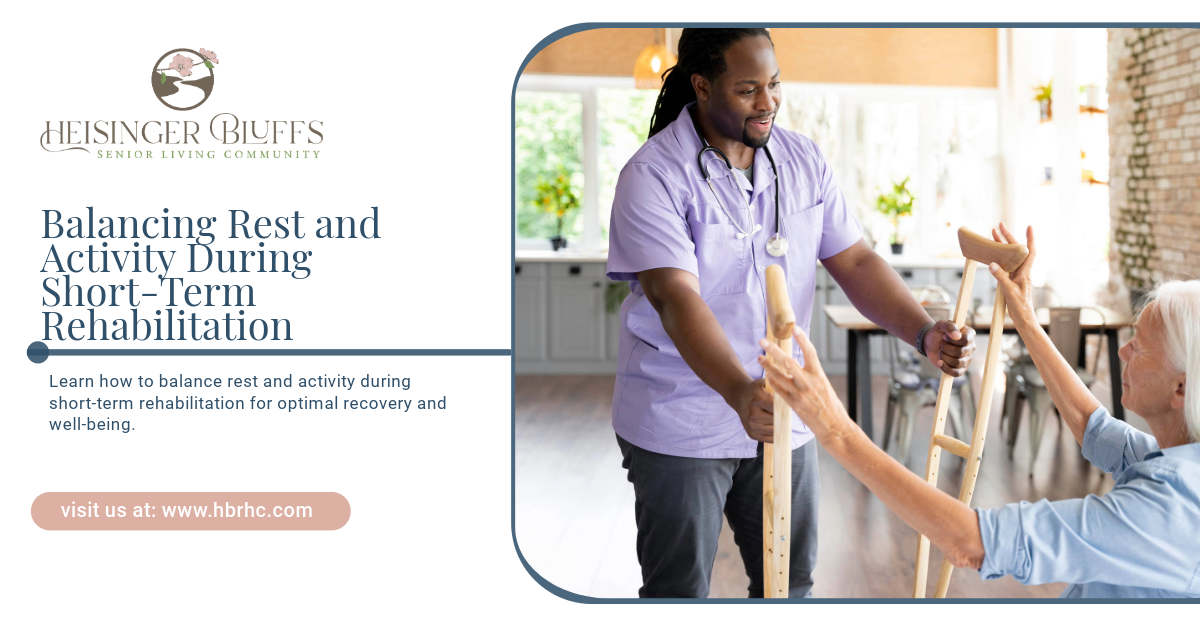
Balancing Rest and Activity in Rehabilitation
Short-term rehabilitation plays a vital role in helping individuals recover from illness, surgery, or injury. Whether it's recovering from a hip replacement, stroke, or another medical procedure, the goal of short-term rehabilitation is to promote healing, improve mobility, and restore independence. One of the critical components of successful rehabilitation is achieving the right balance between rest and activity.
Too much rest can lead to muscle weakness, fatigue, and delayed recovery, while too much activity can strain the body and impede healing. Therefore, finding the ideal equilibrium between rest and activity is crucial for a smooth and efficient rehabilitation process. In this blog, we’ll explore why balancing rest and activity is essential during short-term rehabilitation, how to find the right balance, and the best practices for managing this delicate equilibrium.
The Importance of Balance
Both rest and activity serve unique and essential purposes in the rehabilitation process. While rest is necessary for healing and recovery, activity is crucial for improving strength, mobility, and overall well-being. Achieving a balance between these two aspects promotes optimal recovery and reduces the risk of complications, such as muscle atrophy, joint stiffness, or slow recovery times.
1. The Role of Rest in Rehabilitation
Rest is a fundamental part of the healing process. When recovering from surgery or injury, your body needs time to repair damaged tissues, regenerate cells, and reduce inflammation. Proper rest helps the body conserve energy, prevent overexertion, and minimize the risk of further injury.
Here’s how rest contributes to the rehabilitation process:
- Muscle Repair: Rest allows muscles to recover and rebuild after exertion, preventing strain and further damage.
- Reduced Inflammation: Giving the body time to rest helps reduce inflammation and swelling, which can interfere with healing.
- Energy Conservation: Resting allows the body to conserve energy for healing processes and rebuilding strength.
- Pain Management: Resting can help minimize pain by allowing the body time to recover from physical exertion or surgery.
However, too much rest can lead to muscle weakness, joint stiffness, and decreased overall function, making rehabilitation less effective. The key is to rest enough to allow for recovery, but also engage in activities that support strength, flexibility, and mobility.
2. The Role of Activity in Rehabilitation
While rest is essential, activity plays an equally important role in rehabilitation. Physical activity, especially in the form of targeted exercises, strengthens muscles, increases circulation, and enhances flexibility. This helps prevent complications such as blood clots, muscle atrophy, and joint stiffness. Additionally, activity boosts overall energy levels, enhances mood, and helps prevent the negative physical and emotional effects of prolonged bed rest or immobility.
Here’s how activity contributes to the rehabilitation process:
- Strength Building: Engaging in specific exercises helps rebuild muscle strength, which is often lost after surgery or injury.
- Joint Mobility: Activity helps maintain or restore range of motion in the joints, reducing the risk of stiffness.
- Circulation Improvement: Regular movement improves circulation, reducing the risk of blood clots and promoting healing.
- Mental Health Benefits: Physical activity can improve mood, reduce anxiety, and combat feelings of depression that may arise during recovery.
Too much activity, especially too soon after an injury or surgery, can lead to fatigue, pain, or further injury. The goal is to engage in appropriate, gradual activity that supports recovery while preventing overexertion.
Finding the Right Balance Between Rest and Activity
Striking the right balance between rest and activity is crucial for successful rehabilitation. The ideal combination of rest and activity will vary depending on the individual’s condition, the type of surgery or injury, and their overall health. Here are some strategies to help you find the right balance:
1. Follow Medical Advice and Rehabilitation Plans
Every rehabilitation plan should be individualized based on the person’s unique needs and recovery goals. Physical therapists and healthcare professionals will design a plan that outlines when to rest, when to engage in activity, and which activities are appropriate for your current level of healing. Following these professional guidelines ensures that you’re not overexerting yourself or staying too sedentary during recovery.
2. Listen to Your Body
Pay close attention to how your body feels during and after physical activity. If you experience pain, discomfort, or extreme fatigue, it’s important to stop and rest. Overexertion can slow down recovery and lead to setbacks. On the other hand, if you feel stiff or sluggish after resting for an extended period, it might be time to introduce gentle activity to help promote movement and circulation.
3. Gradually Increase Activity Levels
In the early stages of rehabilitation, it's essential to start with gentle activities and gradually increase the intensity as your body heals. For example, after a joint surgery, your rehabilitation program may begin with passive range-of-motion exercises and progress to strength-building activities as your mobility improves. Rushing into intense physical activity too soon can lead to injury or setbacks in recovery.
4. Set Realistic Goals
Setting achievable rehabilitation goals can help you balance rest and activity. For example, a goal may be to walk a certain distance each day or complete a set of strength exercises. Track your progress and celebrate small victories, but be sure to rest as needed to avoid overexertion. Working with a rehabilitation professional can help you set these realistic goals based on your current recovery status.
5. Monitor Fatigue and Recovery
Fatigue is a common challenge during short-term rehabilitation, especially after an injury or surgery. Monitor your fatigue levels and adjust your activity levels accordingly. It's essential to rest and recharge when you feel overly tired. In general, it’s better to take short breaks throughout the day to avoid prolonged exhaustion rather than pushing through too much activity.
Tips for Managing Rest and Activity in Short-Term Rehabilitation
Here are some additional tips for managing the balance between rest and activity during short-term rehabilitation:
- Take Short, Frequent Breaks: Instead of resting for long periods at a time, take short, frequent breaks to allow your body to recover between activities. This helps maintain your energy levels throughout the day.
- Incorporate Gentle Exercises: Even if you’re in the early stages of rehabilitation, gentle exercises like stretching, walking, or swimming can promote circulation and muscle strength without overexerting your body.
- Use Adaptive Equipment: If necessary, use adaptive equipment such as walkers, canes, or braces to assist with mobility and prevent strain during physical activity.
- Stay Hydrated and Nourished: Proper hydration and nutrition are essential for maintaining energy levels and supporting the healing process. Be sure to follow a balanced diet and drink plenty of water.
- Track Your Progress: Keeping a daily log of your activity levels, energy, and pain can help you track your progress and adjust your routine as needed. Share this information with your rehabilitation team for further guidance.
Conclusion
Balancing rest and activity is crucial for successful short-term rehabilitation. Too much rest can impede recovery, while too much activity can strain the body and delay healing. By working closely with healthcare professionals, listening to your body, and gradually increasing activity levels, you can find the right balance that promotes healing and restores strength.
If you or a loved one is recovering from surgery, illness, or injury, consider a rehabilitation setting that emphasizes personalized care and a balanced approach to recovery. Heisinger Bluffs offers short-term rehabilitation services designed to help individuals regain their independence and improve their quality of life. Our compassionate team is dedicated to providing the support and care needed for a successful recovery.
Frequently Asked Questions
How do I know when to rest or be active during rehabilitation?
The best way to determine when to rest or be active is by following your rehabilitation plan, listening to your body, and consulting with your healthcare provider. If you feel fatigued or experience pain, take a break. If you feel stiff or sluggish, try engaging in gentle activities.
Can overactivity slow down recovery during short-term rehabilitation?
Yes, overactivity can lead to fatigue, injury, and setbacks in recovery. It’s important to gradually increase activity and avoid pushing yourself too hard, especially early in the rehabilitation process.
How can I track my progress during rehabilitation?
You can track your progress by recording your daily activities, energy levels, pain levels, and any exercises you perform. Share this information with your rehabilitation team so they can adjust your plan as needed.



Want to know more?
We will get back to you as soon as possible.
Please try again later.
You May Also Like To Read
Heisinger Bluff’s Life Plan Community is here to make your senior years safe, stimulating and enjoyable so that you can savor the present, knowing the future will be taken care of.
QUICK LINKS
CONTACT
©2024. Heisinger Bluffs. All rights reserved.


